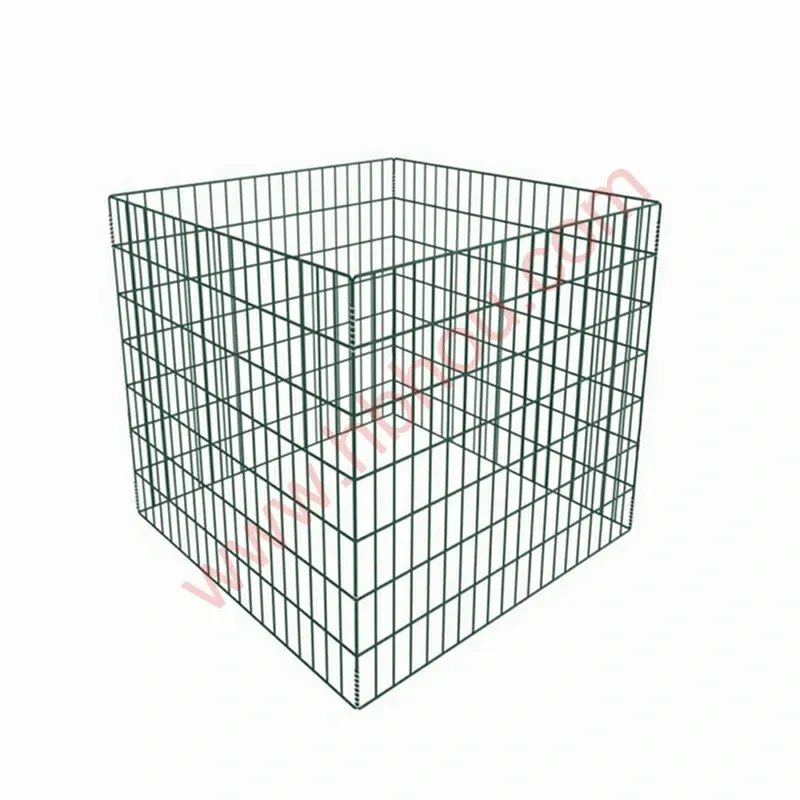Understanding Silt Fences A Critical Component in Erosion Control
Silt fences are an essential tool in the field of erosion control, primarily utilized in construction and land development projects. These barriers are made from permeable fabric that allows water to flow through while capturing sediment, ensuring that excessive silt does not enter local waterways. In this article, we will dive deeper into the purpose, installation, maintenance, and benefits of using a silt fence, particularly focusing on the 4-foot variant, which is widely used in various applications.
What is a Silt Fence?
A silt fence is a temporary sediment control device designed to intercept sediment-laden runoff. The 4-foot silt fence is a popular choice among contractors and environmental engineers due to its ideal height for most applications and effectiveness in preventing soil erosion. The fence acts as a barrier, capturing sediment while allowing water to percolate through its fabric, reducing the risk of flooding and soil degradation.
Purpose of Silt Fences
The primary purpose of a silt fence is to prevent the migration of silt and sediment from a construction site or disturbed land into nearby waterways. This is crucial for preserving water quality and protecting aquatic habitats. Sediment loading in water bodies can lead to various environmental issues, including increased turbidity, disruption of fish habitats, and the introduction of nutrients that promote algal blooms. Silt fences are often required by regulatory agencies during the construction phase of projects to ensure compliance with environmental protection standards.
Installation of a 4-Foot Silt Fence
Installing a silt fence is a straightforward process, but it must be done correctly to ensure its effectiveness. Here are the steps for installing a 4-foot silt fence
1. Site Assessment Before installation, assess the site to identify areas where sediment might be prone to runoff. This often includes slopes, disturbed soil, and near water bodies.
2. Materials Gather necessary materials, including the silt fence fabric, stakes (usually made of wood or metal), and tools for digging post holes.
silt fence 4ft

3. Excavation Dig a trench approximately 6 to 12 inches deep along the line where the silt fence will be placed. The fence should be anchored in this trench to provide stability.
4. Fence Installation Unroll the silt fence fabric and attach it to the stakes. Drive the stakes into the ground at intervals of 6 to 10 feet, ensuring that the top of the fence stands around 4 feet high. The bottom of the fabric should be buried in the trench to prevent water and sediment from flowing underneath.
5. Backfilling Cover the base of the fence with soil from the trench to secure it in place. This is crucial to prevent undermining caused by water.
Maintenance of Silt Fences
Regular maintenance of silt fences is vital to ensure their effectiveness. Inspections should be conducted after rain events or at regular intervals. During inspections, look for signs of sediment accumulation, tears in the fabric, or fence displacement. If the fence is blocked, it should be cleaned or replaced to maintain its functionality. Adhering to maintenance schedules not only extends the fence's lifespan but also ensures ongoing compliance with environmental regulations.
Benefits of Using a 4-Foot Silt Fence
The use of a 4-foot silt fence offers numerous benefits. It is an economical solution for sediment control and is easy to install and maintain. Furthermore, silt fences are environmentally friendly, promoting compliance with local regulations designed to protect waterways. They also help in conserving soil, which is essential for plant growth and restoring disturbed landscapes.
Conclusion
In summary, the 4-foot silt fence is a vital tool for managing sediment runoff and protecting our natural water resources. Its ease of use, combined with effective erosion control, makes it an indispensable part of construction and landscaping projects. By installing and maintaining silt fences properly, we can safeguard our environment, reduce erosion, and ensure that our waterways remain clean and healthy for future generations. Investing in effective erosion control methods like silt fences ultimately contributes to sustainable land management practices.
















